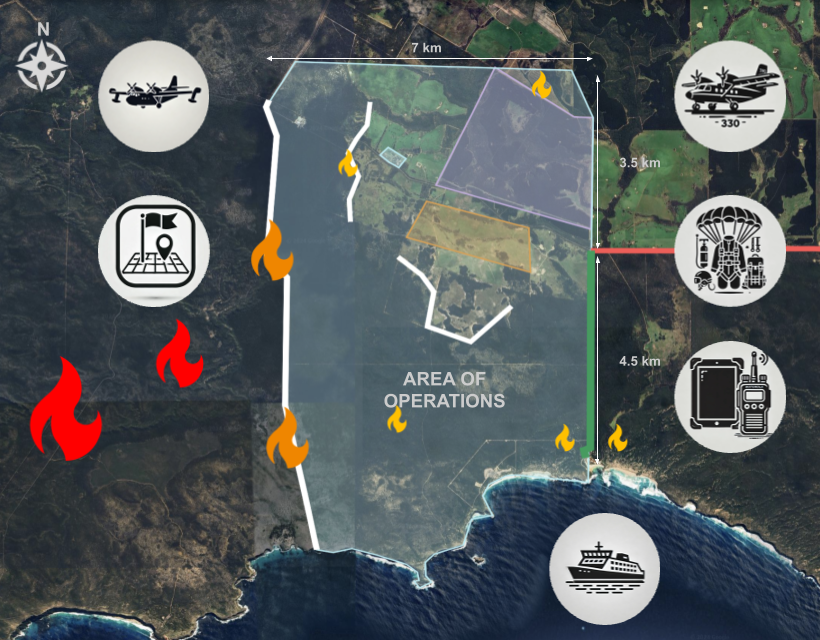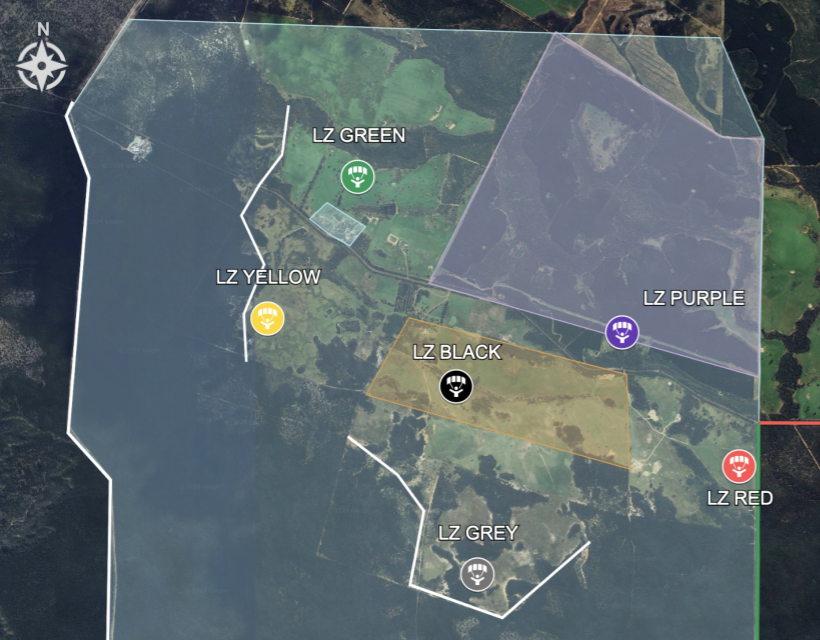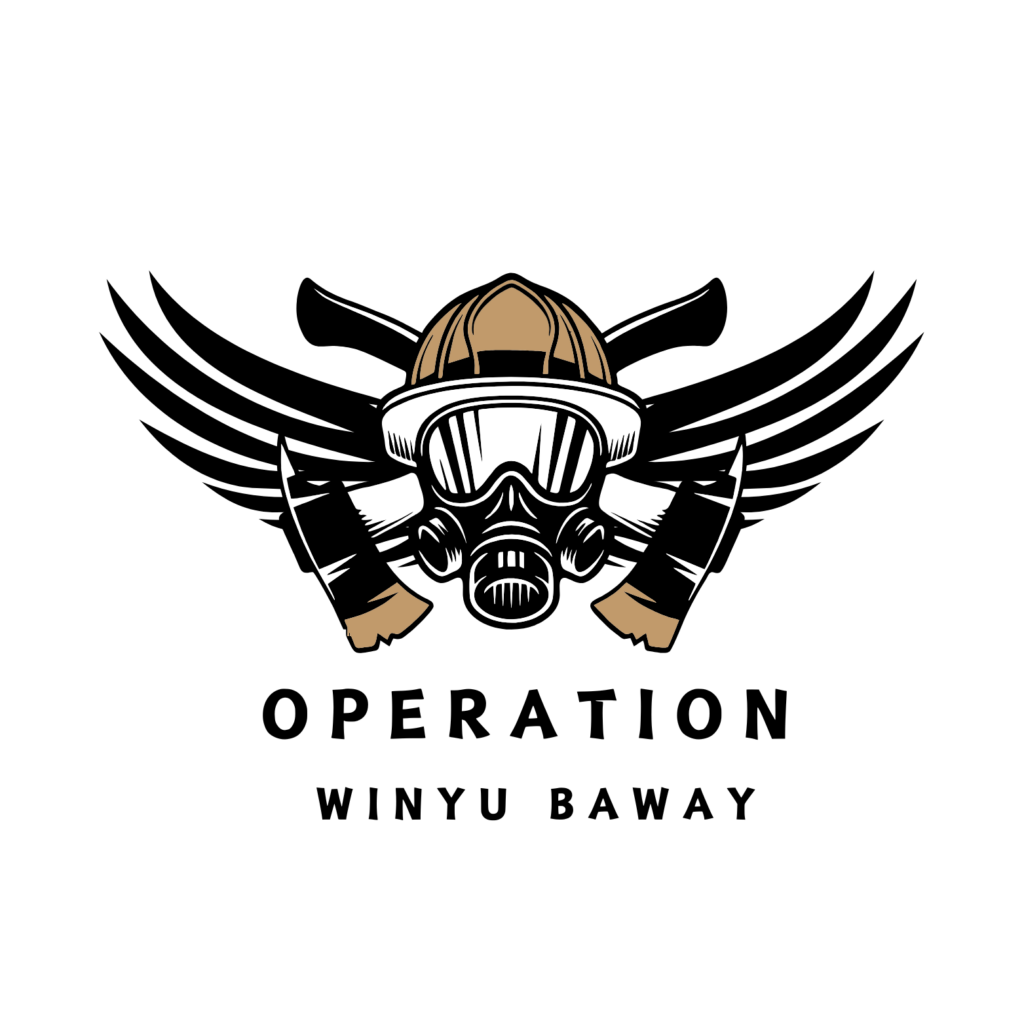
Context
The steady hum of the Shorts 330 Sherpa fills the cabin as you brace for deployment. Outside, dawn struggles to pierce the dense smoke choking Kangaroo Island. At 1,500 feet, visibility is down to 30 meters near the Western Firefront and only slightly better to the south. Gusting northwest winds at 60–70 km/h whip embers into unburned terrain, spreading spot fires unpredictably across the island.
Below, the situation is spiraling out of control:
- Hanson Bay Beach Evacuation Route: Spot fires are closing in from multiple directions, fueled by gusting winds and dry vegetation. Civilians attempting to flee are now at risk of being cut off.
- Hanson Bay Wildlife Sanctuary: Embers have breached the northern perimeter, sparking spot fires that threaten critical habitats and endangered species.
- Western Firefront: Advancing aggressively, driven by erratic winds and volatile eucalyptus forests. The fire is breaching the firebreak line and pushing east toward the central zone.
- Southern Firefront: Moving steadily, creeping southward toward the firebreak line with shifting winds increasing the risk of rapid escalation.
Lieutenant James Harper’s voice cuts through your headset, steady and urgent:
“Alright, team. This fire’s a monster, and it’s moving faster than we predicted. We’ve identified six potential landing zones, each one comes with trade-offs. You’ve got 15 minutes until we hit the drop zone—make it count.”
Task
Choose one of six landing zones that best aligns with your team’s mission priorities. Factor in jumper safety, the rapidly changing conditions, and the potential ripple effects of each decision.
Options
Explore the Landing Zone options below by clicking on the interactive map below to see advantages / disadvantages. Click again to reset.

Select a Landing Zone
Click on a landing zone in the image to view details, including advantages and disadvantages.
Decision
After carefully assessing all of the options above, as a teams choose the best landing zone (select one from the options list below) that best aligns with your mission objectives. Your team must wait until there are 2 mins or less remaining before selecting its decision.

